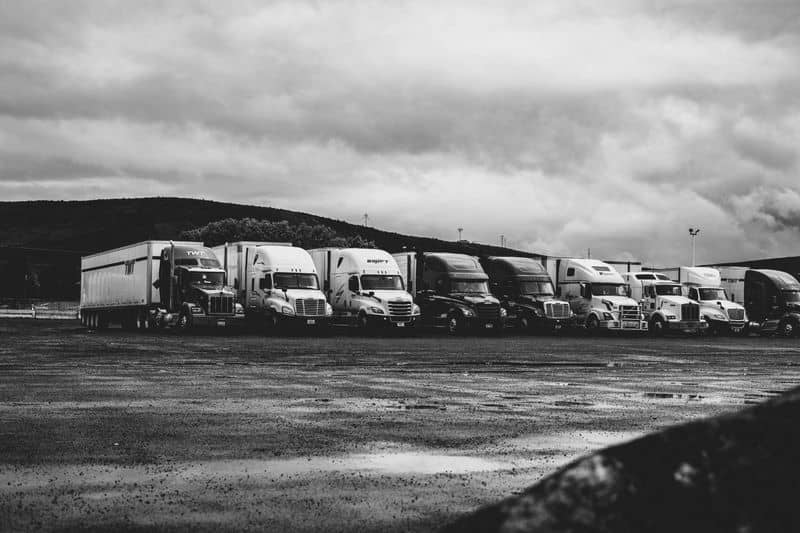Trucking software is a form of fleet or transportation software for management that assists trucking firms in managing what they do every day, such as their daily tasks and operations, and increasing efficiency by integrating all business components into a single system.
Although such software is particularly built for carriers, certain functionality may also be utilized by other parties engaged in the freight-carrying process, such as brokers, transporters, producers, factories, and so on. One example of a formidable software to use that guarantees good quality service is Route4Trucks.
Trucking Software
Trucking software, such as any other management technology, is designed to decrease manual involvement, optimize processes, coordinate and integrate data, and cut down on and mitigate errors made by individuals. Running a trucking company entails the following primary functions:
Dispatching, navigating and routing techniques, fueling management, security, safety as well as upkeep management, and accounting are all part of the job.
There is quite an abundance of comprehensive and integrated programs on the market that encompass all of these areas and aid in the management of a trucking firm. Axon Software, ProTransport, and TruckingOffice are a few examples. They enable you to consolidate all your activities into a single system and give all the essential industry-specific capabilities.
The everyday problems of the trucking industry are comparable for large enterprises with substantial fleets and owner-operators with a single vehicle (91.3 percent of the trucking firms and businesses manage a lesser amount than six trucks). Nevertheless, each trucking business and organization's circumstances may necessitate various solutions and methods.
Let's take a step back and take a deeper look at each step of the workflow, the challenges that arise, and how technology handles industry-specific concerns.
The Process of Truck Routing and its Challenges
The routing capability may be included in the dispatch mechanism or provided as a standalone tool. We've already explored routing issues and route optimization techniques. Such software aids in creating the most influential and productive itineraries that arrange all required stops while minimizing the amount of fuel and time used. To find available loads for truckers and streamline your operations, consider using Shiply, which offers a comprehensive platform for managing truck loads efficiently.
Here are a few processes and challenges that will most likely be faced by truck routing:
Routing difficulties
In the past, managers, along with the dispatchers or drivers, had to manually arrange the route with inadequate or no current knowledge and data regarding closed roads and weather conditions, much alone the actual road situation. And if it's a multi-stop tour with time constraints at each site, the task becomes difficult.
It's also worth noting that routing systems for individual users, sales representatives, and shipping operations differ from those utilized in trucking. The justification for this is that only some of the highways are designed for huge, heavy vehicles.
Truck routes are intended to avoid hazards such as sudden curves, steep inclines, close-to-zero-clearance roadways and bridges, and other potential risks. For example, the
Pulaski Skyway in New Jersey on US 1/9 has prohibited vehicles since 1934 owing to safety concerns and a high frequency of accidents.
As a result, route optimization software for trucks should design routes that consider all limits and restrictions. Furthermore, it requires time management and organizing functionality to make arrangements within the pickup and delivery periods.
Prospects for routing software
Routing technologies now automatically determine and create the best courses that consider real-time updates of all relevant elements, such as climate and roadway conditions. You may choose multiple optimization goals for each travel while building a route, such as minimizing distance, minimizing time, or balancing space and time.
A system must have a personal computer or desktop version for both the managers and especially the dispatchers or drivers and a mobile or smartphone application for drivers that have been connected to it. To ensure driving safety and security, voice-assistant technology allows for hands-free control. Here are some useful functions to help with the routing process.








